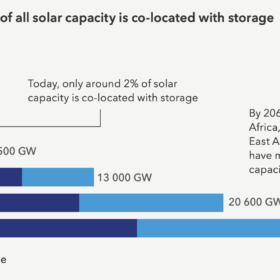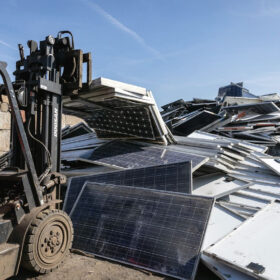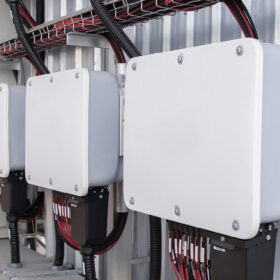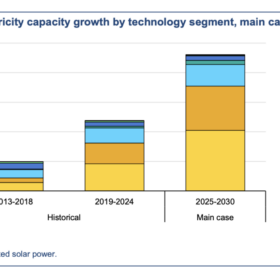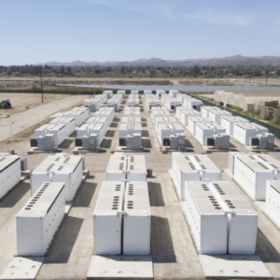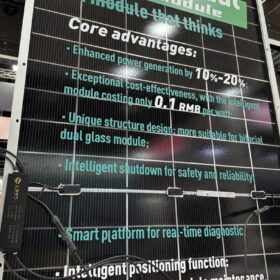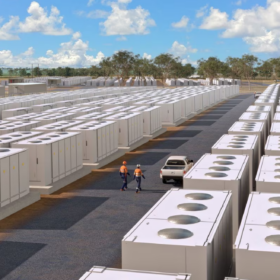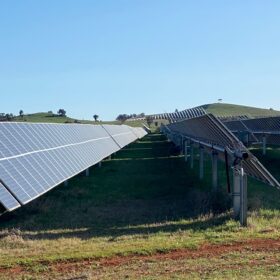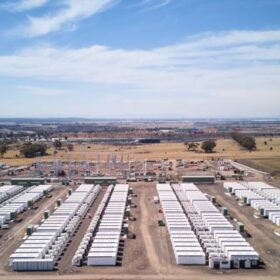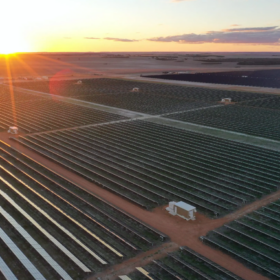Nearly half of solar capacity will be co-located with storage by 2060: DNV report
Norwegian risk managment company DNV’s Energy Transition Outlook 2025 report also predicts that distributed generation solar should begin outpacing utility-scale installations in some parts of the world by 2060.
PV module recycling gains momentum as waste volumes surge globally
A comprehensive new report from IEA PVPS Task 12 reveals how countries around the world are managing the growing volumes of end-of-life solar modules, implementing regulations and scaling recycling infrastructure to handle the expected increment in PV waste over the coming decades.
Improving solar inverter design with silicones
Inverters must withstand the high levels of heat generated when operating, otherwise system performance and reliability could be at risk. Cody Schoener of Dow Performance Silicones argues using silicone-based materials for inverters can improve thermal management and fire protection, while offering thermal stability, environmental resistance, electrical isolation and support for operational efficiency.
Solar tracker repowering emerges as key to sustaining older arrays
Aging utility-scale solar projects are driving interest in tracker repowering, while asset owners weigh costs against gains in performance and longevity.
Thirty-five countries now operate GW-scale annual PV markets
The latest report from the International Energy Agency’s Photovoltaic Power Systems Program highlights that 2024 was another record year for solar installations globally but large overcapacities of solar cell, module and wafer manufacturing continued.
Silver prices surge, yet ‘thrifting’ poses little threat to solar cell, module quality
With silver prices nearing $75 per ounce, researchers from the University of New South Wales and the Fraunhofer Institute for Solar Energy Systems tell pv magazine that efforts to reduce silver use in solar cells will not compromise module quality if properly engineered.
IEA lowers 2025-30 forecast for solar growth
The International Energy Agency has cut its 2025–30 renewables forecast by 5%, citing lower solar additions, though PV still represents nearly 80% of 4.6 TW expected growth.
Operational faults cut returns in 19% of battery storage projects
A recent report from battery intelligence firm Accure reveals that while most battery energy storage systems operate reliably, nearly 19% of projects experience reduced returns due to technical issues and unplanned downtime.
Solar module prices to rise 9% in Q4, says Wood Mackenzie
Wood Mackenzie says module prices will climb as China ends export rebates and consolidates polysilicon production.
Building-integrated concentrating photovoltaics for vertical applications
An Indian-British research team has developed a building-integrated linear concentrating PV facade by sandwiching an asymmetric compound parabolic concentrator, PERC cells, and encapsulation layers between two sheets of glass.
